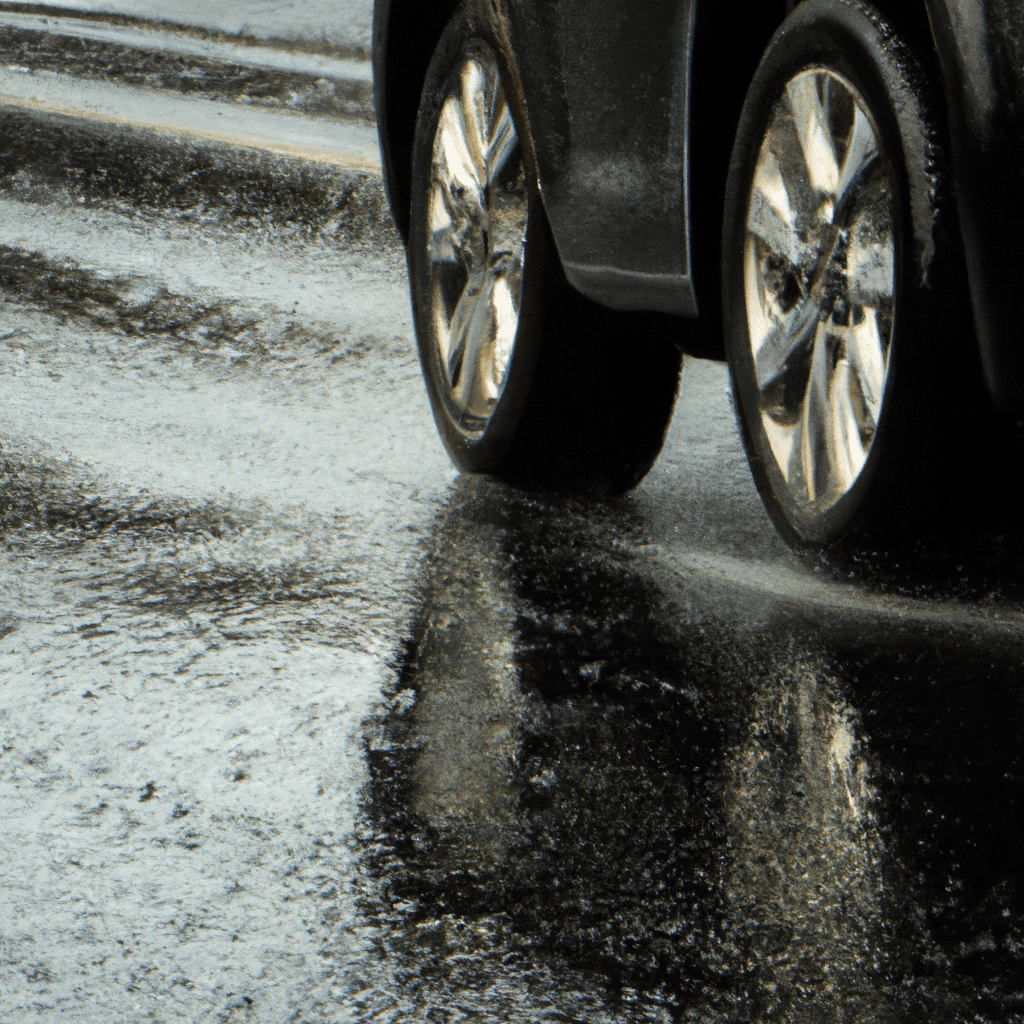Tips on Driving in Wet Roads
Vehicles driving carelessly on wet roads should expect consequences. While you can’t control how others drive, you can learn some tips to make sure you drive safely during wet weather.
It’s a Marathon, Not a Sprint

The speed limit says one number, but imagine it’s a different one while driving in the rain. Drive two to three miles under the speed limit so your vehicle won’t hydroplane. Hydroplning occurs when tires rise above the water instead of staying planted on the ground. When you’re driving, slow down before turning or stopping. Also, leave space between your own vehicle and the one in front of you, in case you have to hit the breaks. This is why using cruise control can be very dangerous during rainy weather.
Turn off Cruise Control
The primary function of cruise control is to consistently maintain a set speed throughout your journey, promoting convenience and efficiency. However, it’s important to note that cruise control becomes less effective and potentially hazardous when encountering wet roads due to rain. The speed initially set assumes dry road conditions and can lead to issues like loss of traction and the risk of vehicles spinning out of control.
To regain control and ensure safety on wet roads, it is crucial to disengage cruise control and adopt a more cautious approach by driving at a reduced speed compared to your usual settings. This adjustment becomes imperative in adverse weather conditions to mitigate the potential dangers associated with maintaining a constant speed on wet and slippery surfaces.
Leave Early
Rush hour and road rage make drivers aggressive, and the rain will make drivers even worse. Avoid such a scenario by leaving early. Since you’ll have to drive slowly in the rain, leaving early will give you the time you need to reach your destination safely. In addition, leaving early gives you more time to concentrate on the road and maneuver around possible accidents and detours.
Turn on Headlights
While it sometimes rains while the sun is out, rain tends brings cloudiness, making roads darker. Drivers should turn on headlights to see the road, pedestrians, objects, and vehicles within view properly. Daylight and regular headlights are acceptable. What’s not acceptable in rainy weather are high beams and hazard lights. High beam lights distract you and other drivers. Hazard lights are for disabled drivers only, not for the rain. Call roadside assistance from your auto insurance company if your vehicle’s headlights aren’t working properly.
Be Careful while Driving Through Standing Water
Navigating wet roads requires caution, and it’s crucial to be wary of seemingly small puddles that can pose unexpected challenges. Puddles of water may appear deceptively shallow at first glance, but once you start crossing them, it becomes evident that appearances can be misleading. It’s a risk you can’t accurately assess just by visual inspection. In conclusion, never take chances with standing water, regardless of its apparent size. If you encounter a puddle and are uncertain about its depth, it’s advisable not to attempt driving through it. Instead, err on the side of caution and make a U-turn to ensure your safety on wet roads.
Awareness
Awareness on the road during light and heavy rain conditions will help in preventing accidents, so put your phone away. If your vehicle skids, regain control by steering it in the desired direction before it’s past the point of return. Stay calm and don’t slam the brakes. In any case, MR Towing Services is standing by in the event that you call them. It’s not a bad idea to have our number saved in your contacts in case of an emergency.
Visit our social media for more details.
